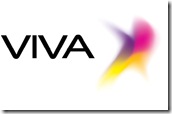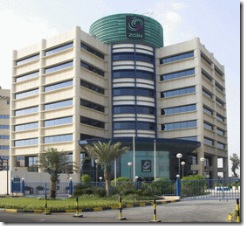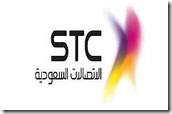Saudi Arabia’s STC yesterday launched operations in Bahrain under the Viva brand, accompanied by heavily reduced tariffs to entice new customers.
 Saud Al-Duwaish, CEO of the STC Group announced Viva customers will be able to take advantage of broadband services for free, calls to other Viva or STC subscribers at no cost, as well as enjoying up to 90 per cent reduction on international calls. This promotion is open to all Viva customers for the first three months.
Saud Al-Duwaish, CEO of the STC Group announced Viva customers will be able to take advantage of broadband services for free, calls to other Viva or STC subscribers at no cost, as well as enjoying up to 90 per cent reduction on international calls. This promotion is open to all Viva customers for the first three months.
The company plans to distinguish itself through a modern communications network that is not only the most sophisticated in the region, but also at a global level. Viva’s network is based on the HSPA+ technology that will allow it to provide all of Bahrain with high-speed broadband, which the company says is the fastest in the region allowing up to 21.1 megabits per second.
Viva is the third operator in Bahrain after Batelco and Zain Bahrain. The Saudi operator won the country’s third licence in March 2009 with a bid of US$231 million.
STC Group, the largest regional operator by market value has more than 100 million subscribers in Malaysia, Indonesia, India, Kuwait, Turkey, South Africa, Lebanon, Jordan and Saudi Arabia.





